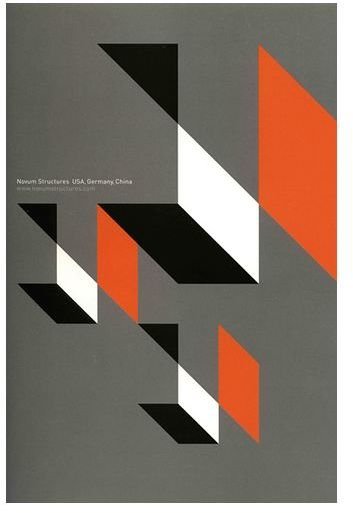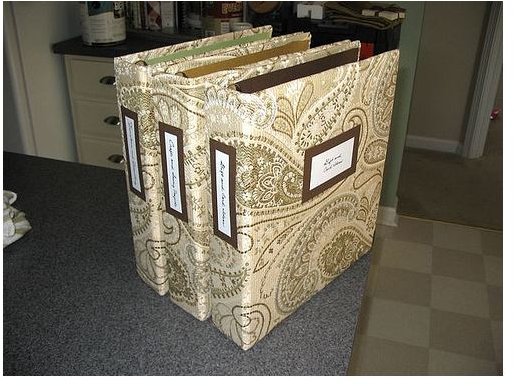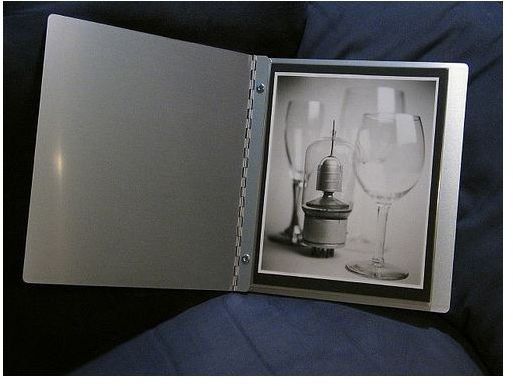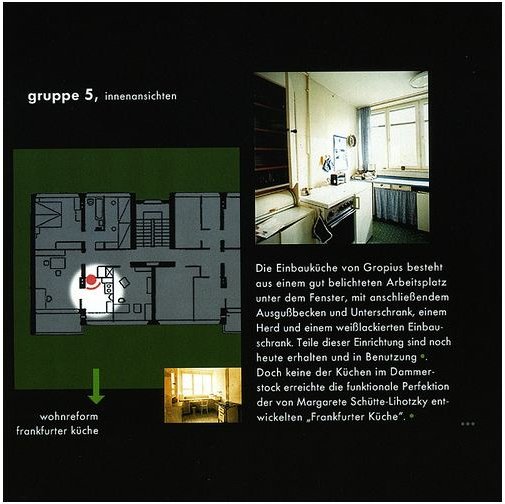10 Graphic Designer Portfolio Tips: Make Your Portfolio Stand Out From the Rest!
1. Include Enough Material
If you don’t have enough material for a portfolio, then you shouldn’t be as concerned with making a portfolio as you should be with creating more pieces to show potential employers or clients. You need to showcase that you have a strong understanding of the elements of graphic design. An ideal portfolio will consist of at least 15 pieces of work, but 25-30 is still entirely acceptable.
However, once you begin going over that amount, especially when it comes to complex designs, showcasing this all to a potential client or employer might be a little overwhelming. After all, you can always tell them that you have more pieces if they would like to take a look at them.
2. Only Include Pieces You’re Proud Of
While it’s important to have a lot of pieces for your portfolio, it’s also important to only showcase the best of the best. If you aren’t particularly proud of a piece you have included in your portfolio, take it out. There’s no reason to keep in a piece that is below the quality of the rest, and potential employers or clients may see this as a warning signal that you might not be what they’re looking for.
3. Include a Wide Variety of Projects

Clients are like snowflakes, there are no two alike. Okay, while that isn’t entirely true, the concept still stands. Just because one potential client or employer might like more serious designs, that doesn’t mean that the next person is completely opposed to whimsy. Include a wide variety of styles, colors, and different kind of projects that you know that you can do. This is crucial in a freelance market such as graphic design!
For example, your new employer will probably not be too terribly impressed if he thumbs through your portfolio and notices that you’ve designed five different logos that look remarkably alike. And clients probably won’t be too terribly impressed if they see that you’ve made a great looking website, but it’s included in your portfolio more than once or twice with nothing more but the color changed. So go ahead, showcase those buttons, badges, icons, web pages, logos and more. After all, variety is the spice of life!
4. If One is Good, Three are Better
This is one of the most important designer portfolio tips I can possibly give to you. Keeping one portfolio is a fantastic idea if you’re looking to get hired. Keeping three portfolios is even better, as it gives you a chance to reach more people.
I know you might be thinking that keeping three portfolios is a bit much, but here’s the logic behind it. Your first portfolio should be kept in a professional looking book or binder and it should be matted well (or at least printed nicely, more on that below). The second portfolio should be either a nice PDF file or website-style gallery saved to a CD or a flash drive. Make several copies of this and keep them on hand for potential clients. This is sort of like handing out a business card, only a lot better. You can fit a lot of high quality images on a standard CD or a flash drive, and it gives you a chance to wow those potential clients with your thoughtfulness.
The third portfolio should be uploaded to the Internet. Yes, that’s right, we’re talking about getting your own website with a gallery of your best work. Not only is this a great way to reach clients you may never be able to reach in real life, it’s one of the best ways to showcase your work how it is supposed to be seen. This portfolio can link to live website demos, moving graphics, Flash files, and more! So be sure to take advantage of having three portfolios.
5. Include Collaborations if at All Possible

If you’ve ever collaborated on a specific job with another graphic designer, a web designer, a concept artist, or anyone else, be sure to include the examples within your portfolio. This is especially crucial for those of you who are looking to get a job where you will be required to work well with others.
6. Include Formal Education Pieces (If Possible)
Not every employer or client cares about formal training, and graphic design is one of those fields where being self-taught is perfectly acceptable. Still, if you have had any formal training, it helps to showcase some of your final projects from your school days.
7. Professionally Print Your Portfolio (or Try Your Best to Fake It)

For your hard copy of your portfolio, you might want to think about getting it professionally printed, matted, and bound. However, instead of going for a book where you can’t change out, try to find a high quality, attractive binder which you can rotate your work in and out of (more below!). Of course, if you’ve got access to a printer and a high quality, attractive binder, there is nothing stopping you from making your own portfolio.
8. Mind Your Matting & Page Colors
Like anything else in life, presentation counts. Make sure that in all three portfolios you pay attention to the colors you present your work on. For example, you don’t want to showcase those really cool red icons you made on a website that is primarily red, right? They’d just blend right in. If you’re not entirely sure what colors you should focus on for backgrounds and matting, stick with the classics—black, white and 50% gray.
9. Include Contact Information (and a Logo!)
No matter what portfolio you are showing someone, always make sure you have contact information and a logo (if you have one - and you should. You are a graphic designer, after all!) displayed prominently somewhere. This is how you’re going to get contacted by hiring employers and clients who need jobs done, so don’t forget this. Ideally, you should include your name, company name (if applicable), email address, and phone number(s).
10. Rotate Material In and Out of Your Portfolio

Of course, as time goes on, you’ll find that you come to like some of your older work a lot less than you had originally, and you’ll probably want to replace it with something new. Not to mention, the more and more you design, chances are the better you’ll get. So go ahead and switch around those pieces in your portfolio. After all, keeping your portfolio up to date is something potential employers will likely look for, so it’s just the smart thing to do.
Resources
References:
Author’s personal experience in graphic design.
Image Credits:
Graphic Design on the Radio by Andy Martin
Graphic Design HfG/Karlsruhe by Maryellen McFadden
International Graphic Design by Maryellen McFadden
Covered Binders by Larissa Holland
Portfolio Book by Jason Schlachet
